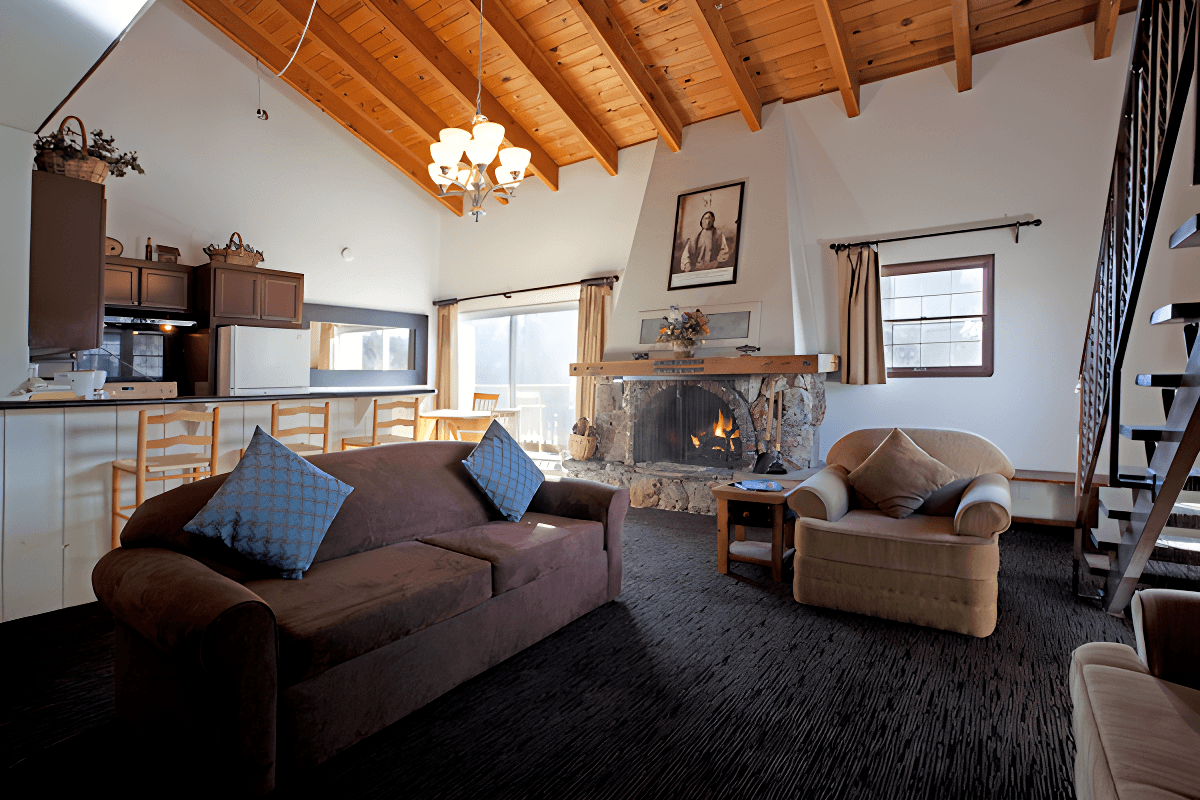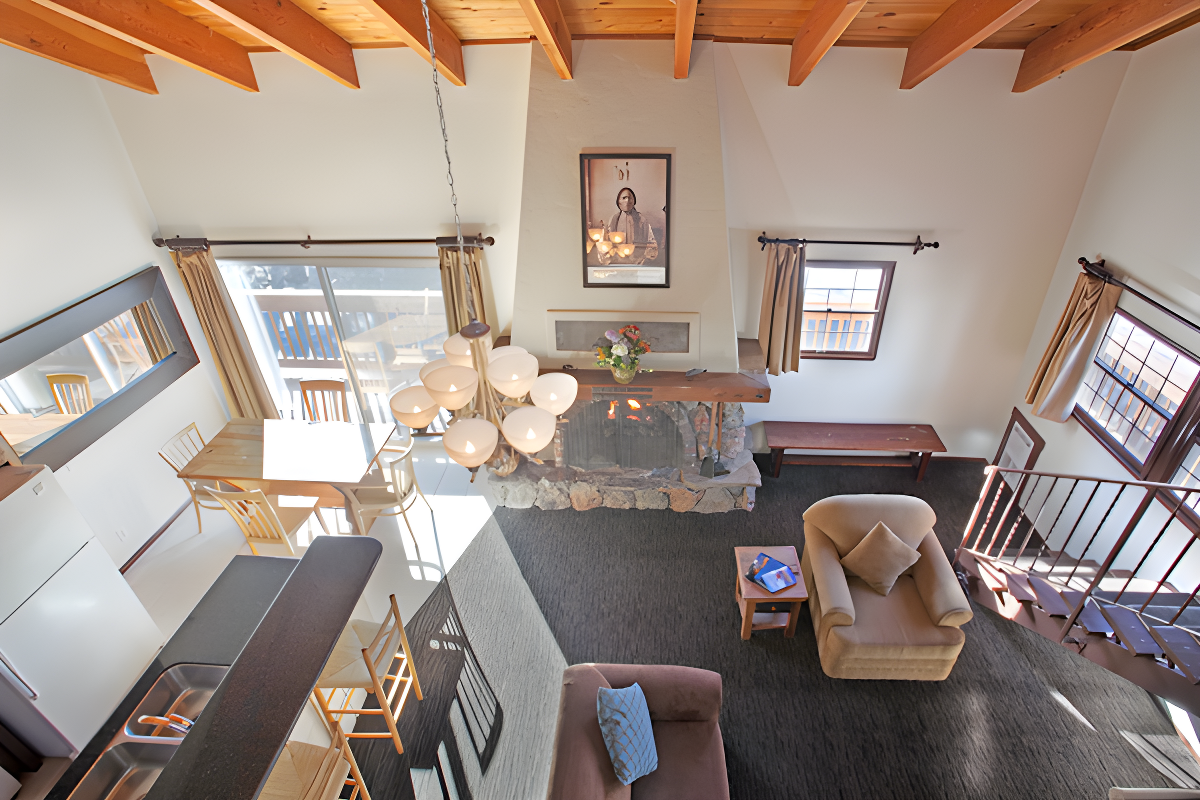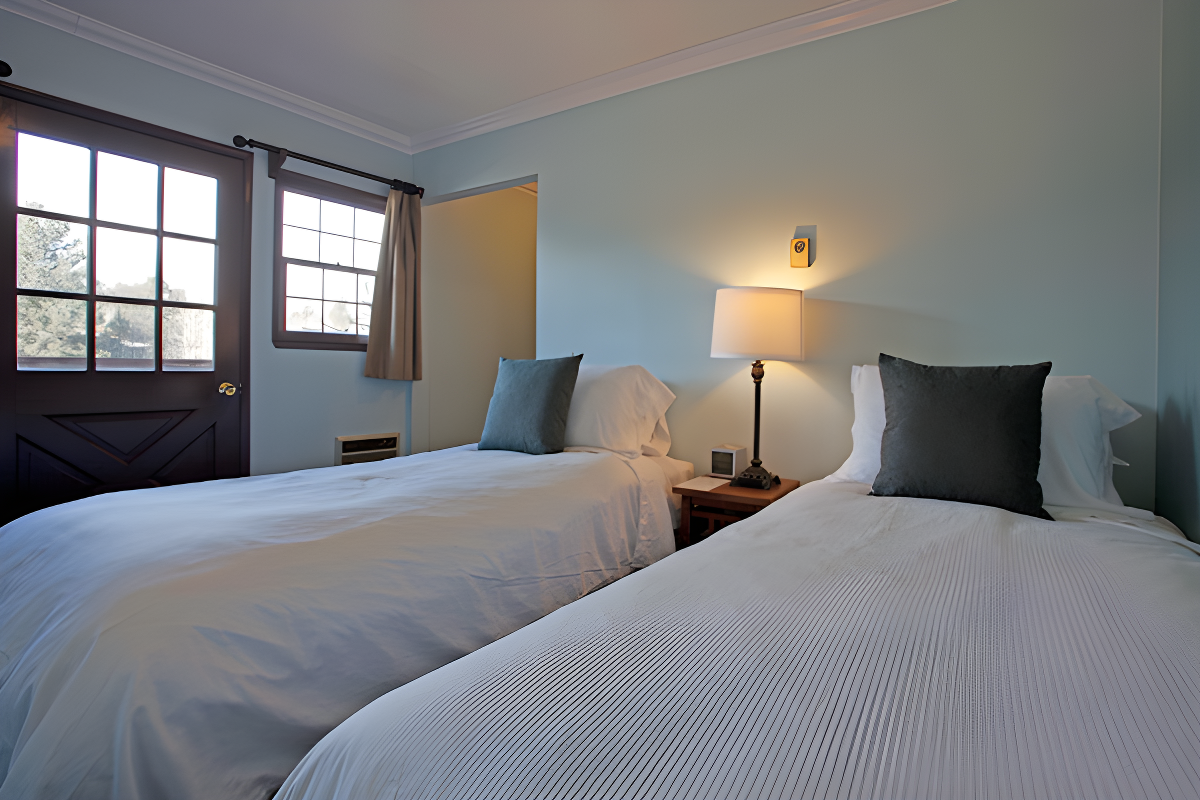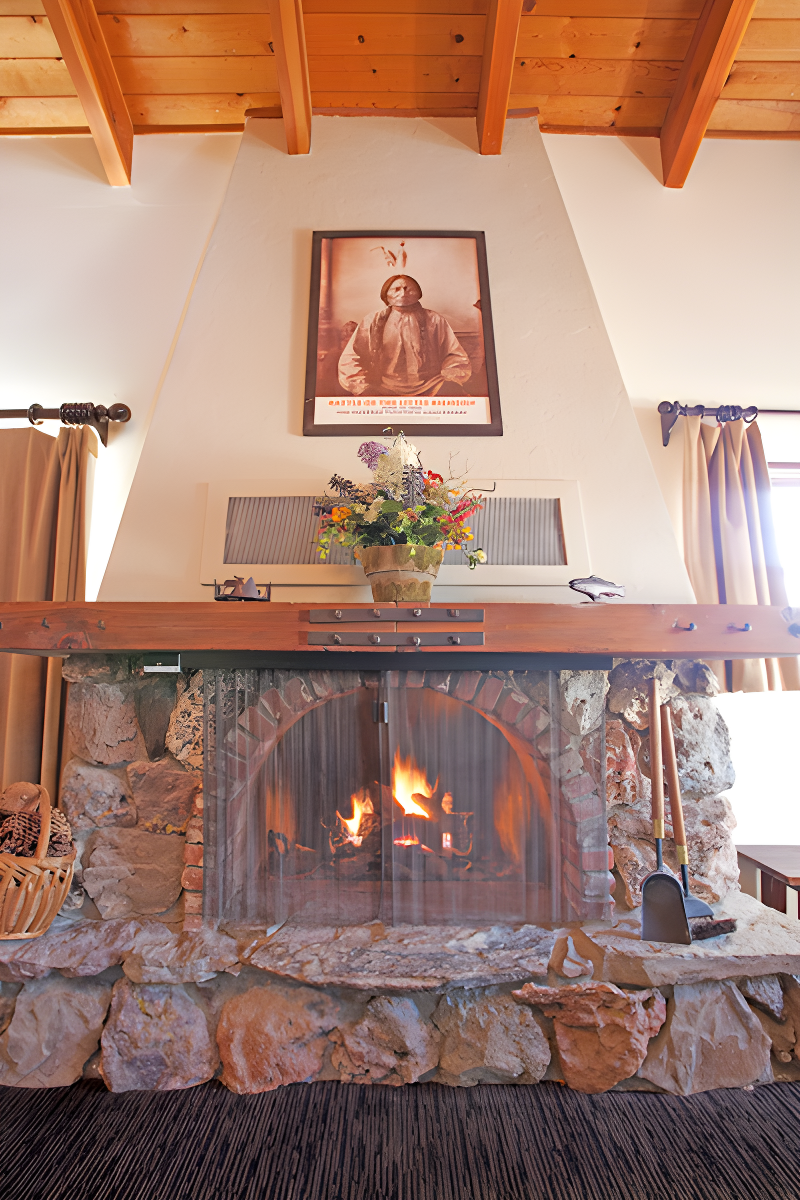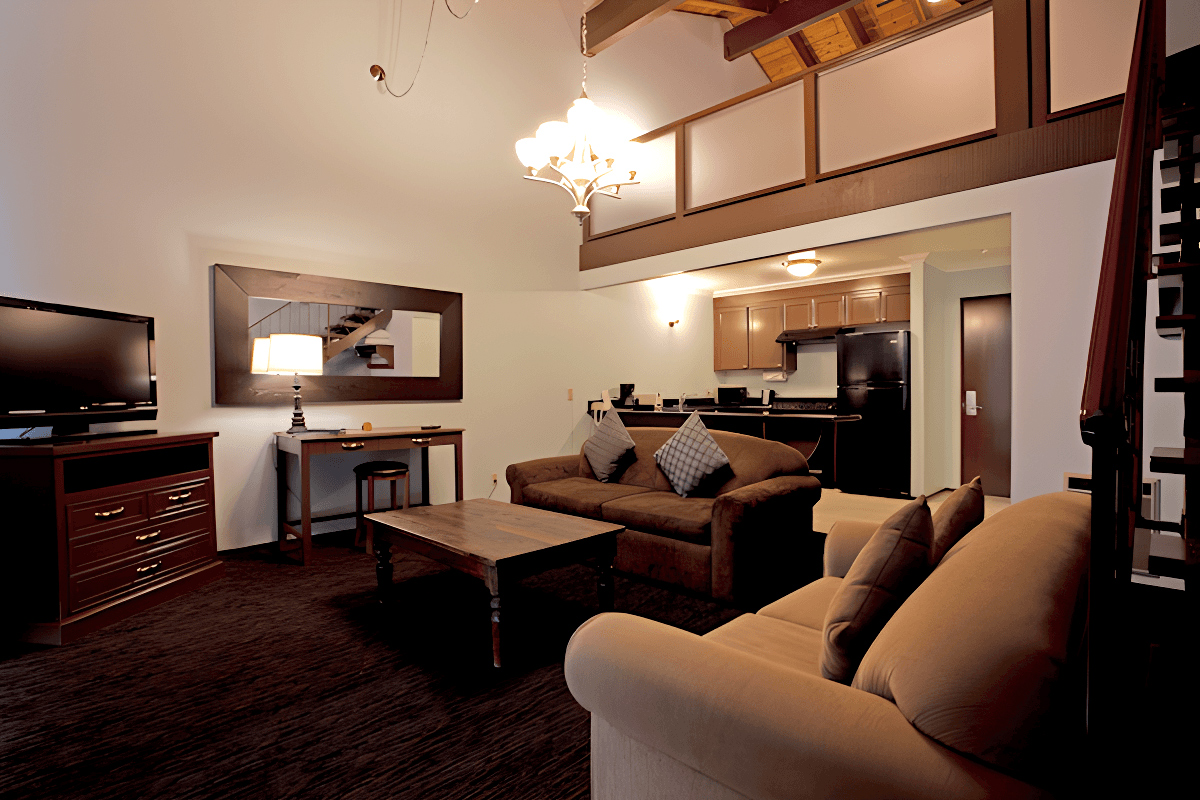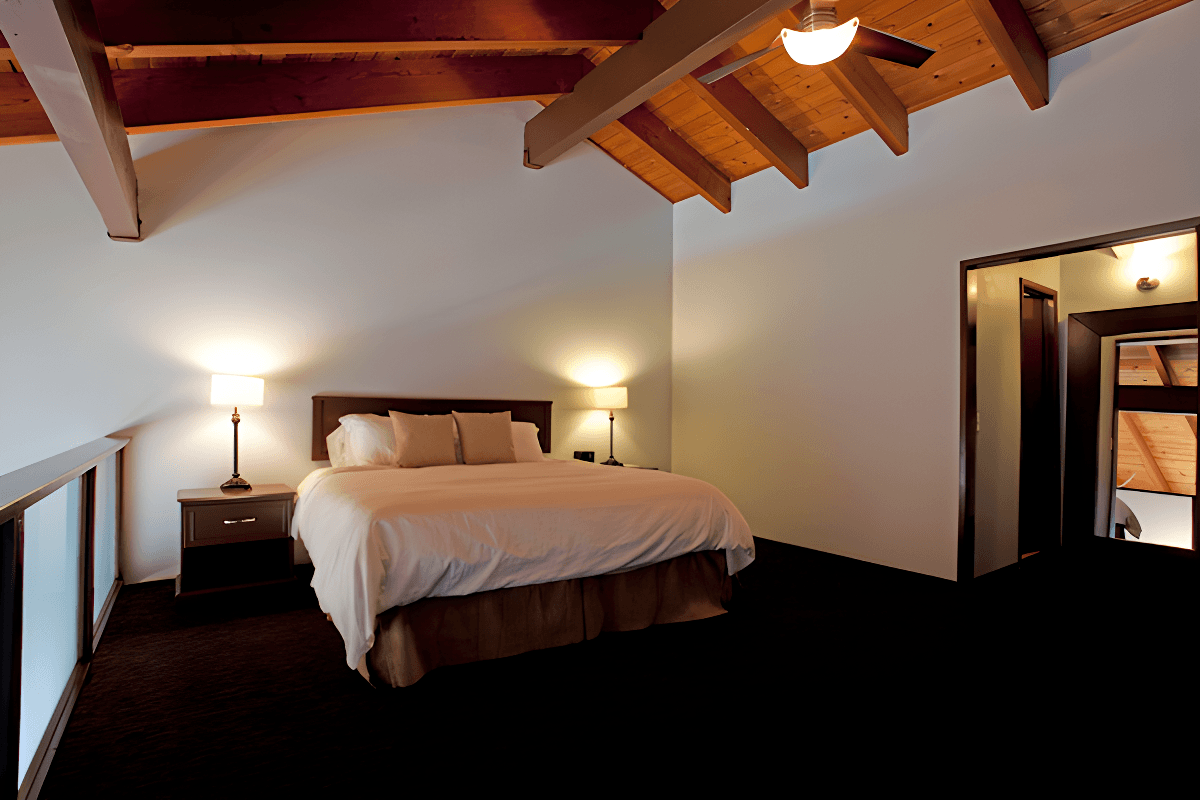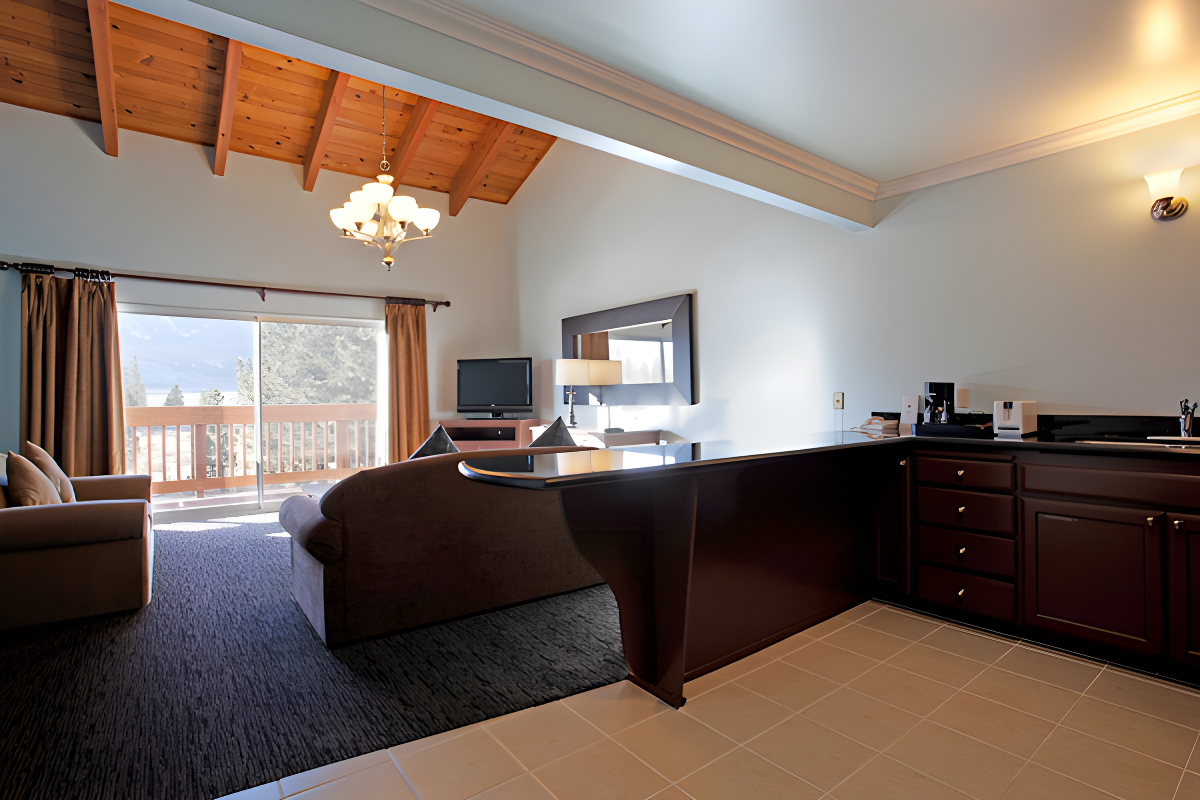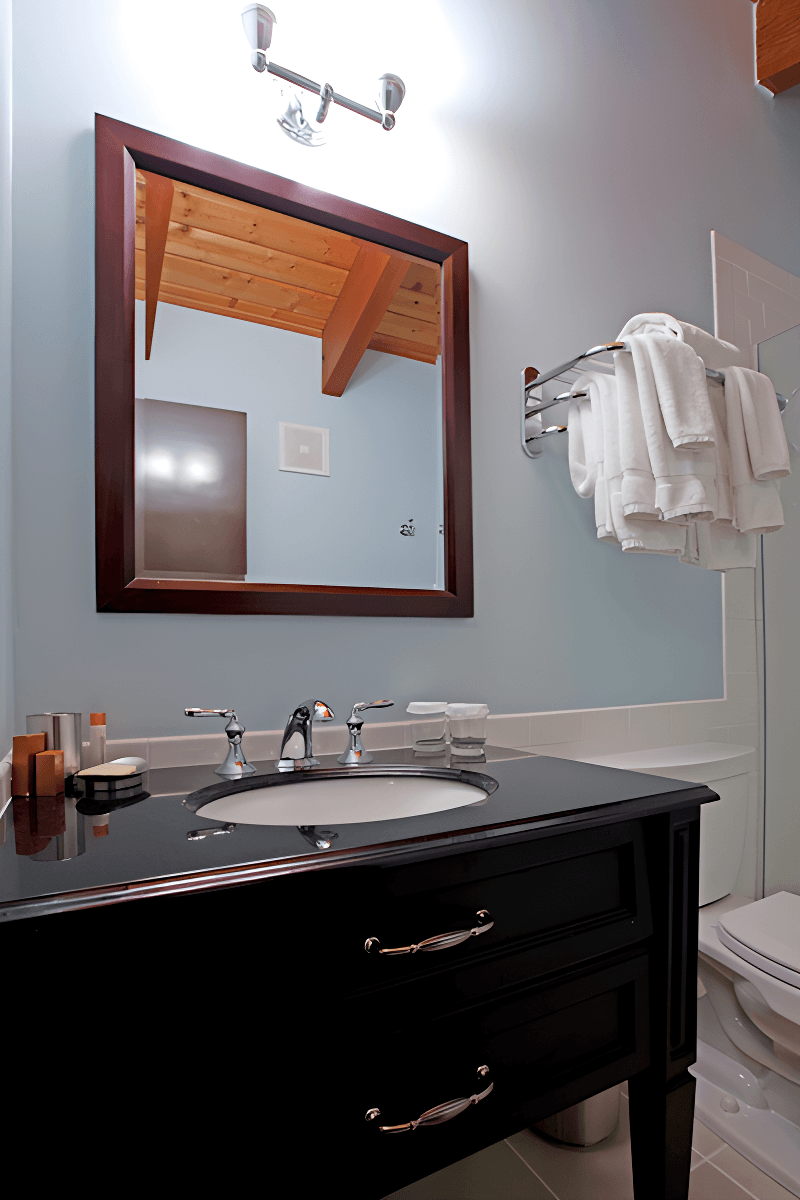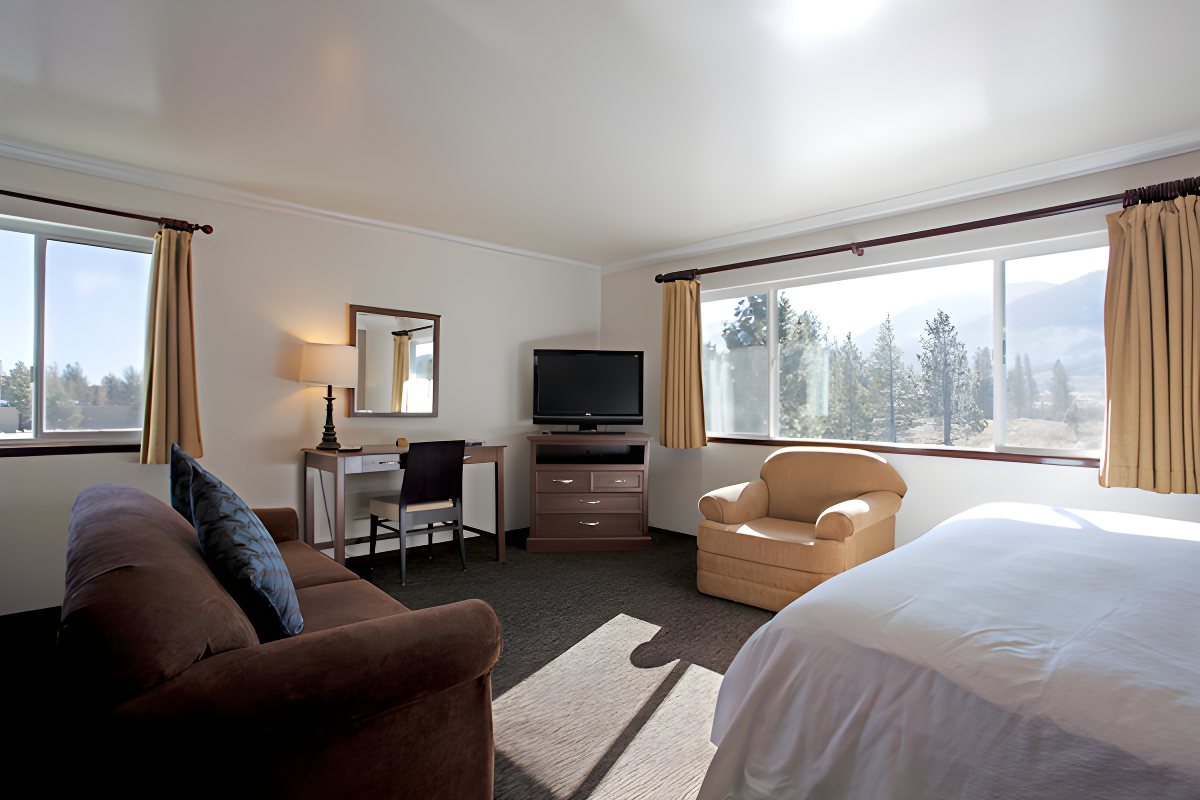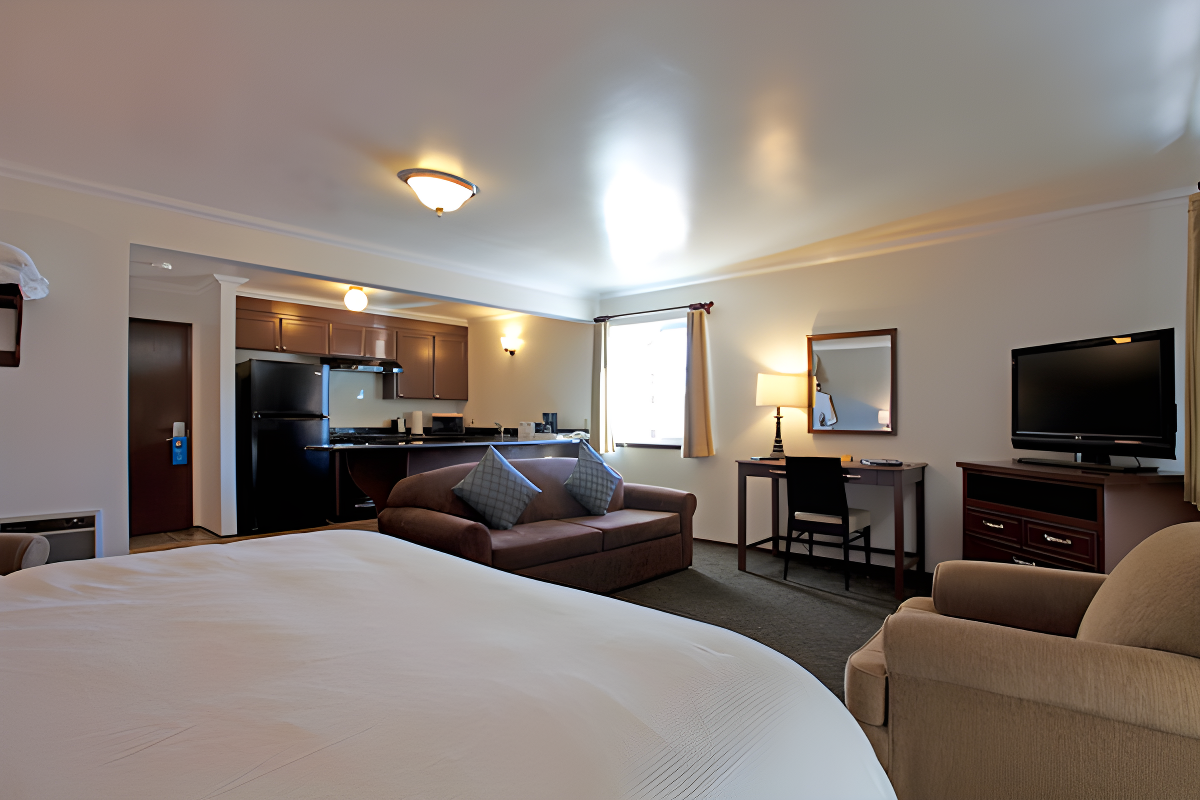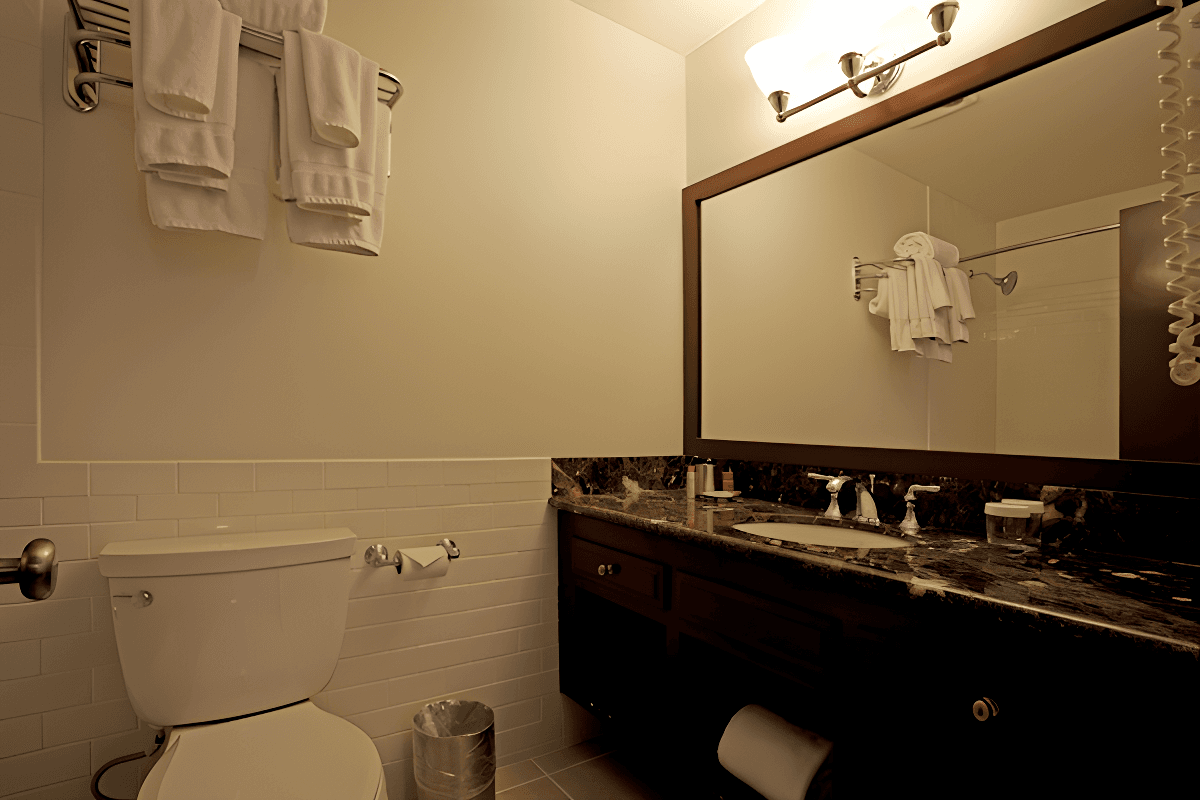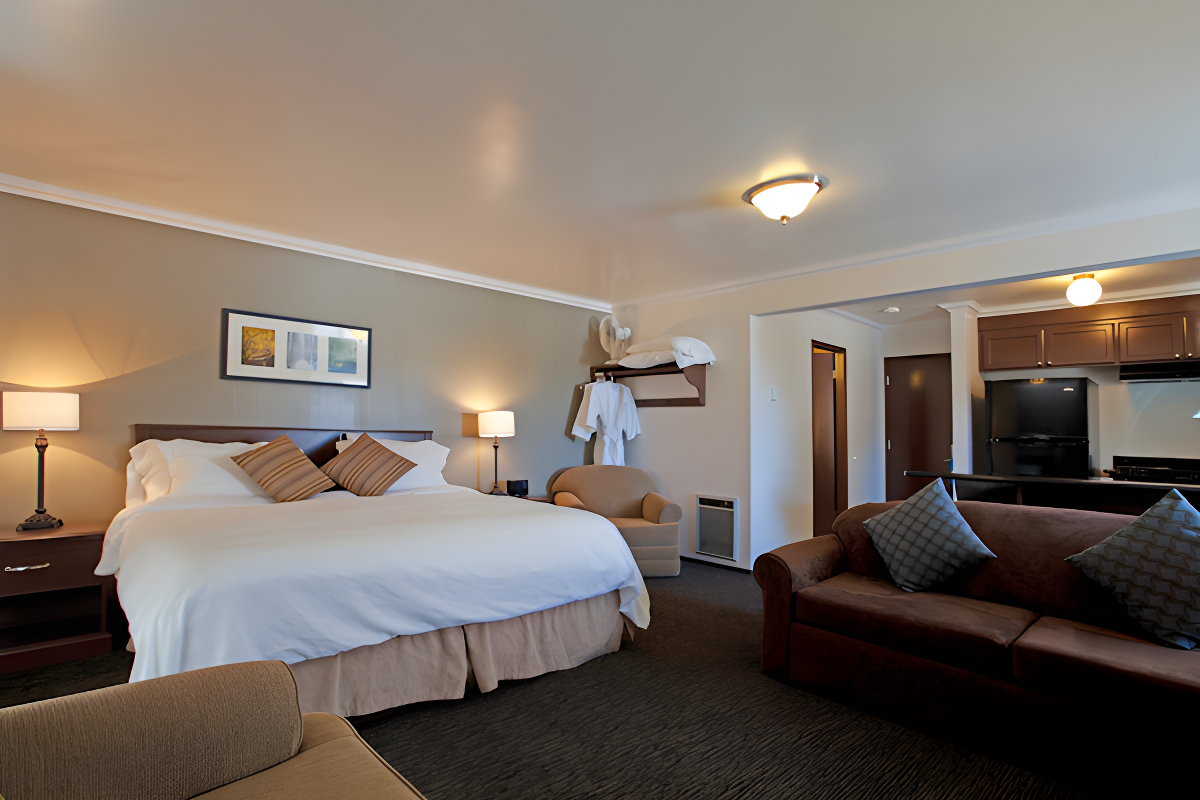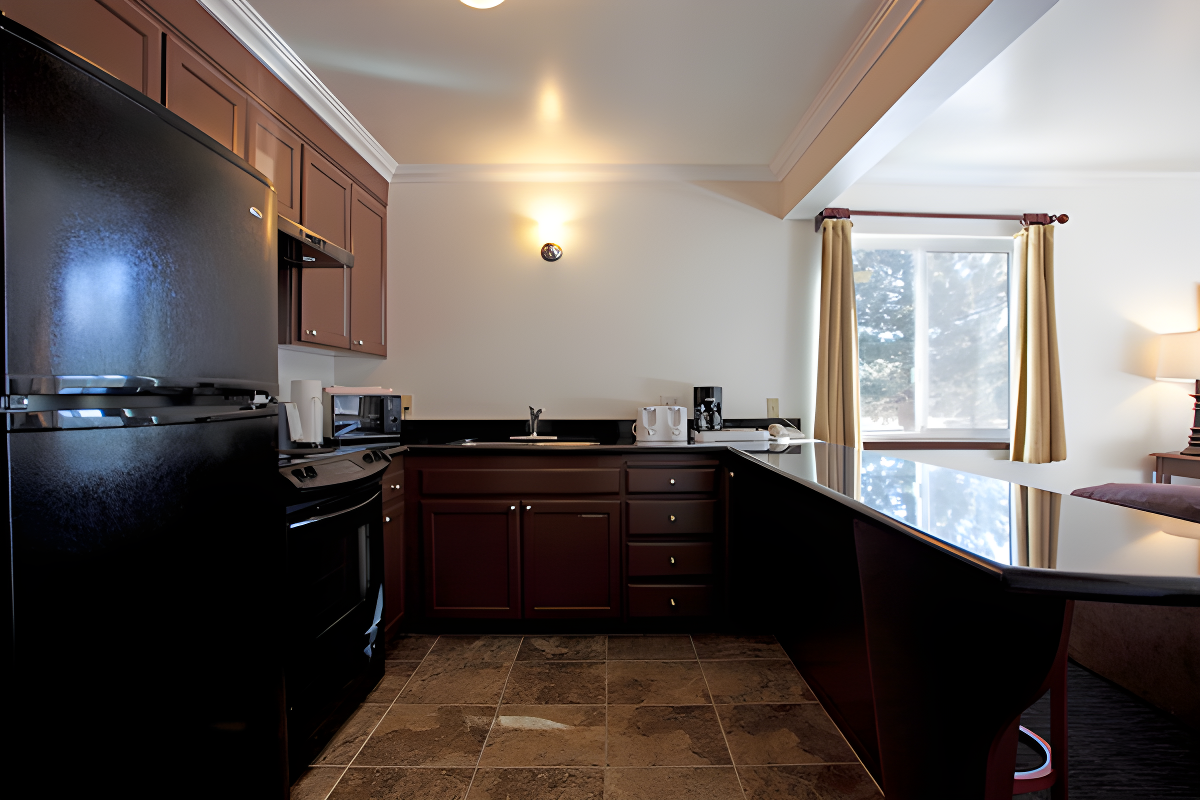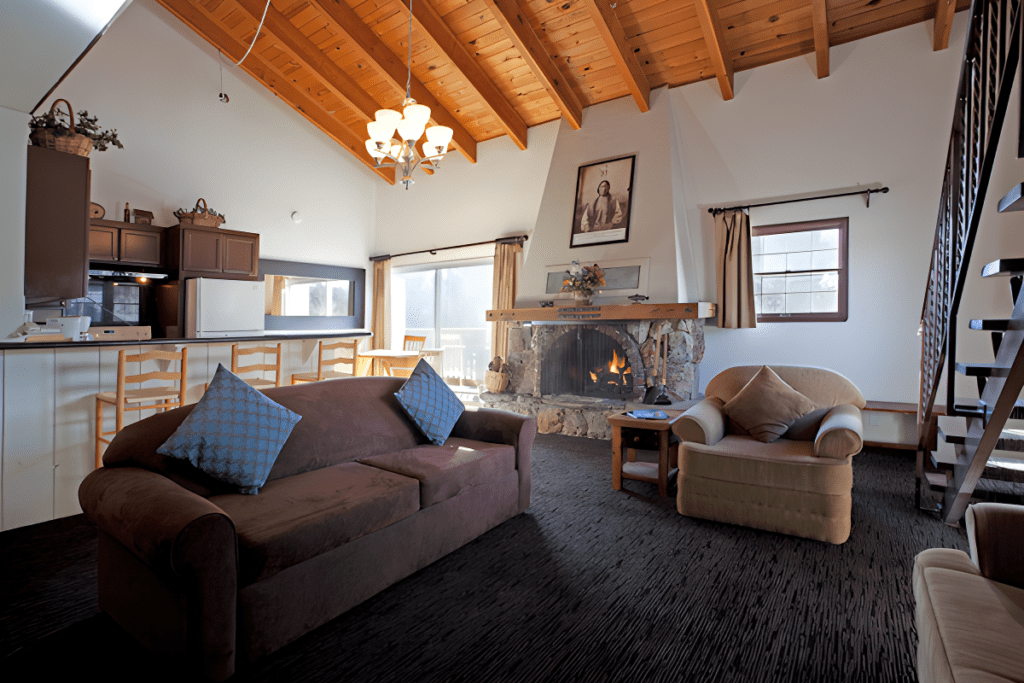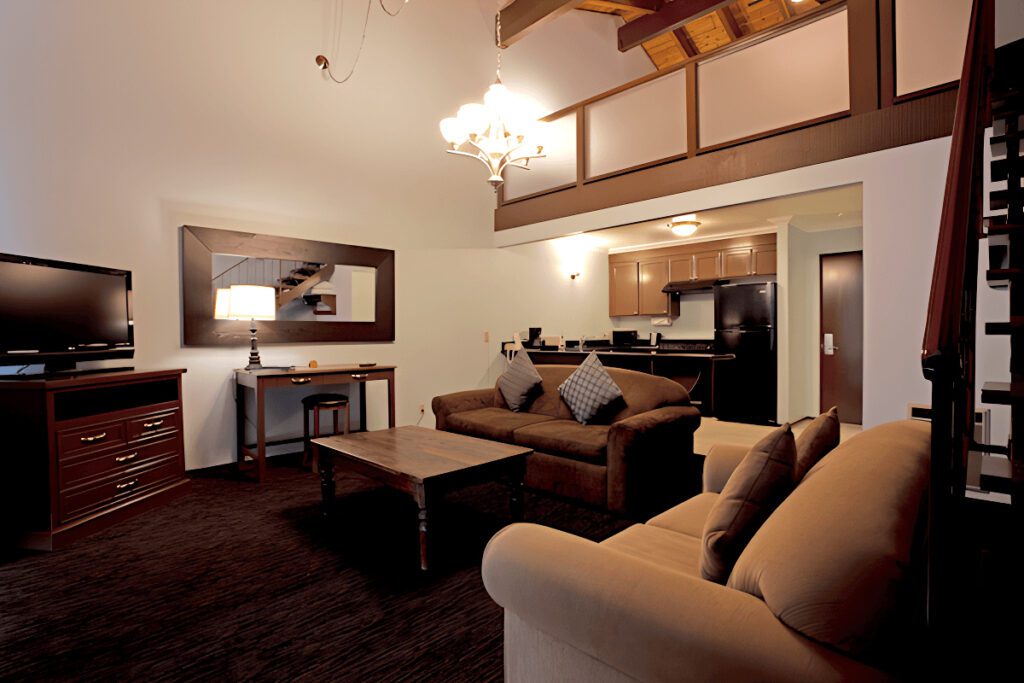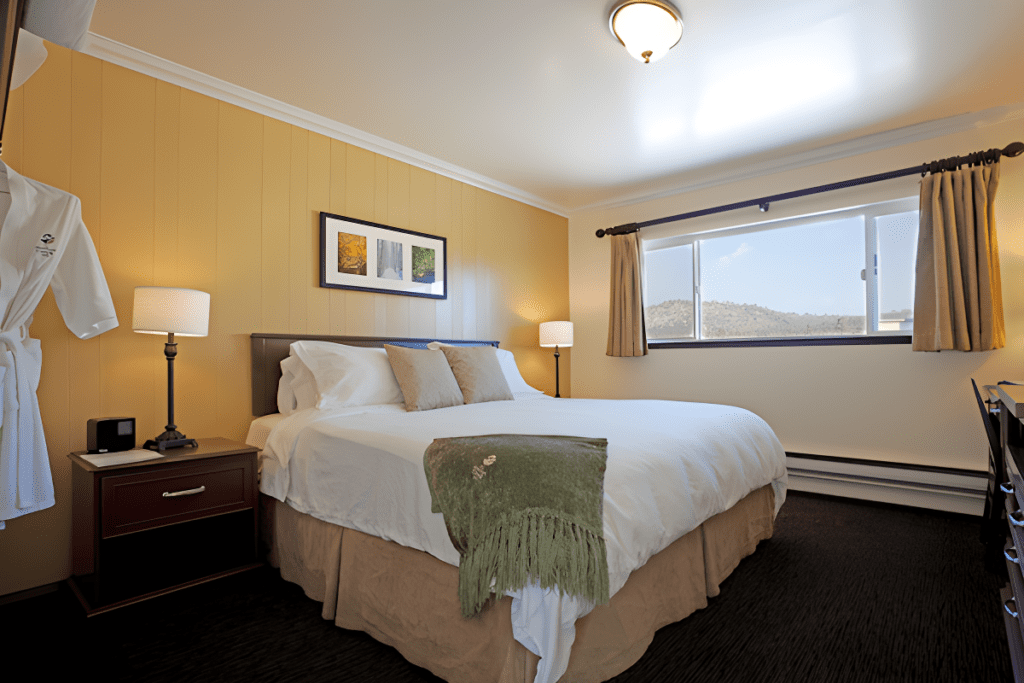Experience Serenity and Adventure at Mammoth Creek Inn
Welcome to the Mammoth Creek Inn
Embrace the irresistible call of outdoor adventures just moments away, extending a warm invitation to individuals, families, and groups to bask in our tailored hospitality amidst the breathtaking landscapes of Mammoth Lakes. Nestled in the heart of Mammoth Lakes, with the Mammoth Mountain Ski Area as our neighbor, Mammoth Creek Inn stands as your welcoming haven for unforgettable moments.
Embrace the irresistible call of outdoor adventures just moments away, extending a warm invitation to individuals, families, and groups to bask in our tailored hospitality amidst the breathtaking landscapes of Mammoth Lakes. Nestled in the heart of Mammoth Lakes, with the Mammoth Mountain Ski Area as our neighbor, Mammoth Creek Inn stands as your welcoming haven for unforgettable moments.
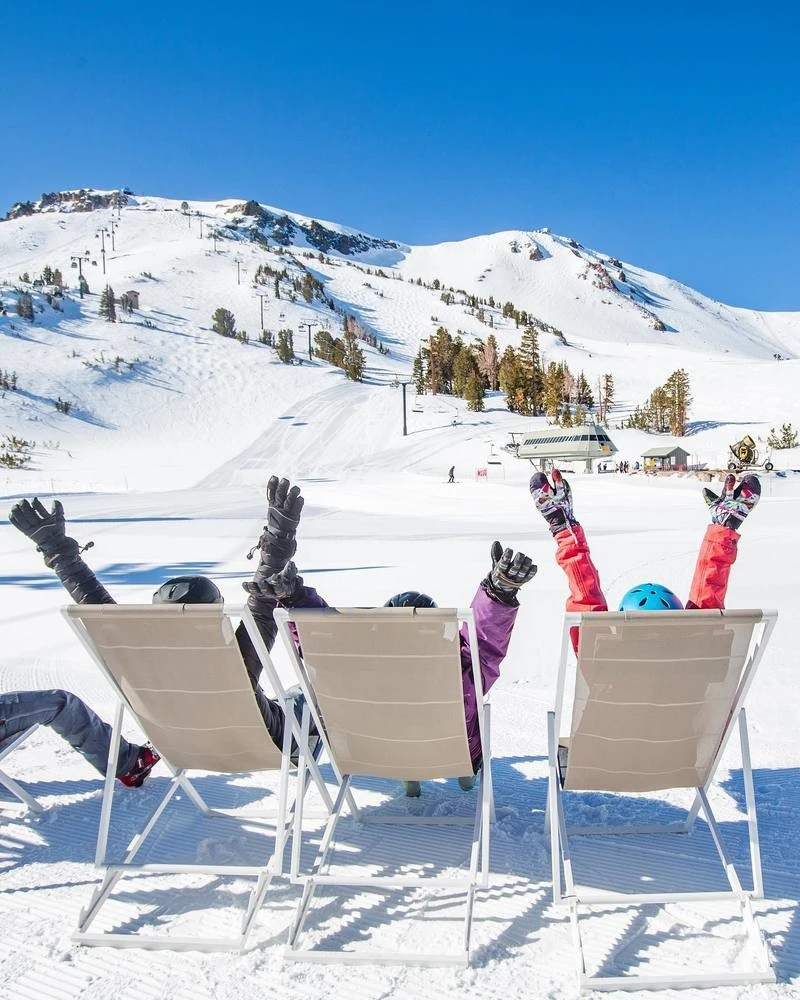

About the Inn
Our boutique hotel offers 26 thoughtfully designed rooms and suites, from the cozy single and double occupancy rooms to suites with fully-equipped kitchens. Our inn is your gateway to the heart of Mammoth Lakes, offering not just a place to stay, but an experience that unfolds with every moment.
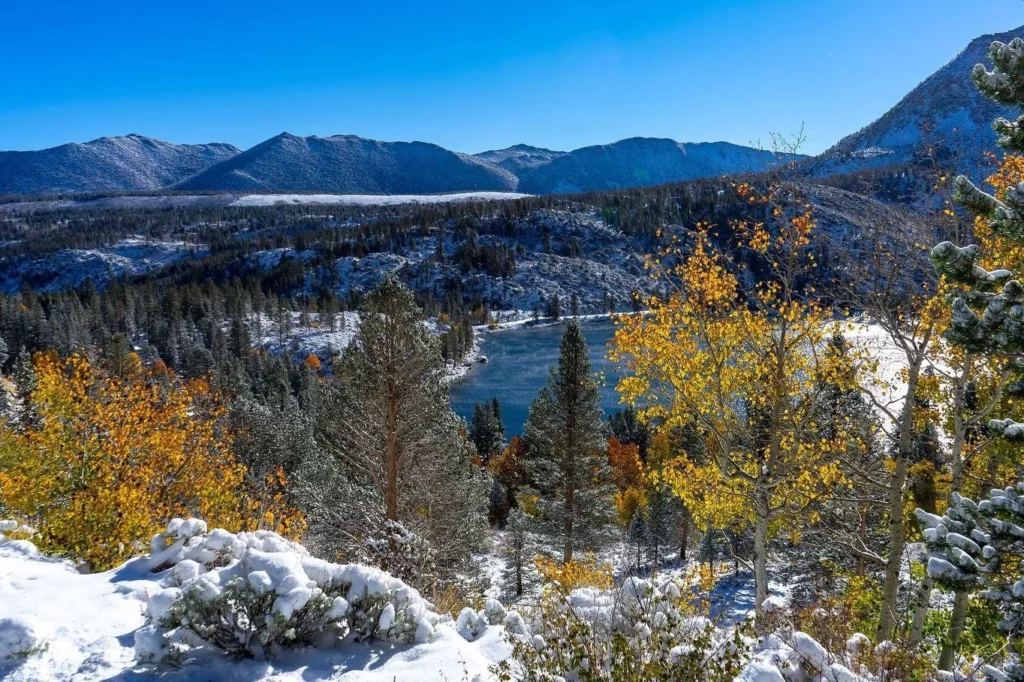

Experience Mammoth Lakes
Embark on a journey through time to the historic sites of the Old West, where hawks gracefully glide above glistening mountain lakes, and panoramic views from high country passes reveal the paths once traversed by pioneers and miners. Marvel at the magnificence of Yosemite National Park—all within reach from your home base at the Mammoth Creek Inn.
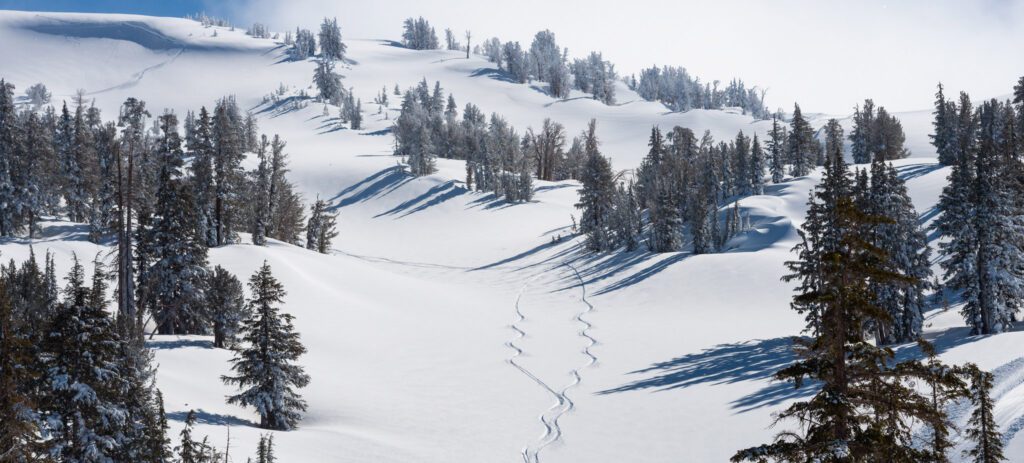

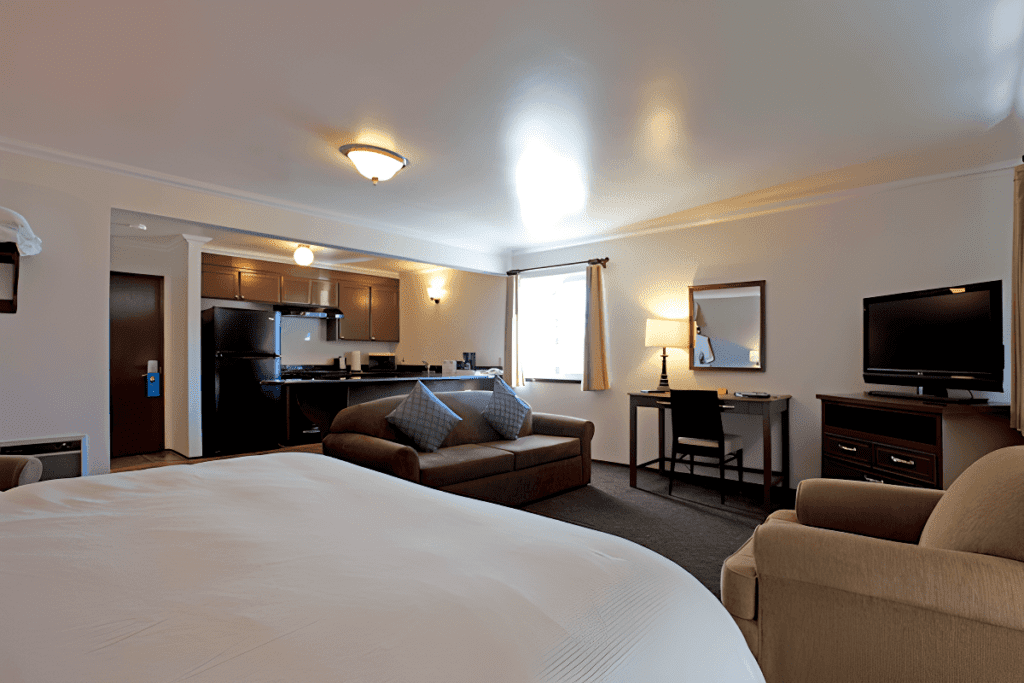

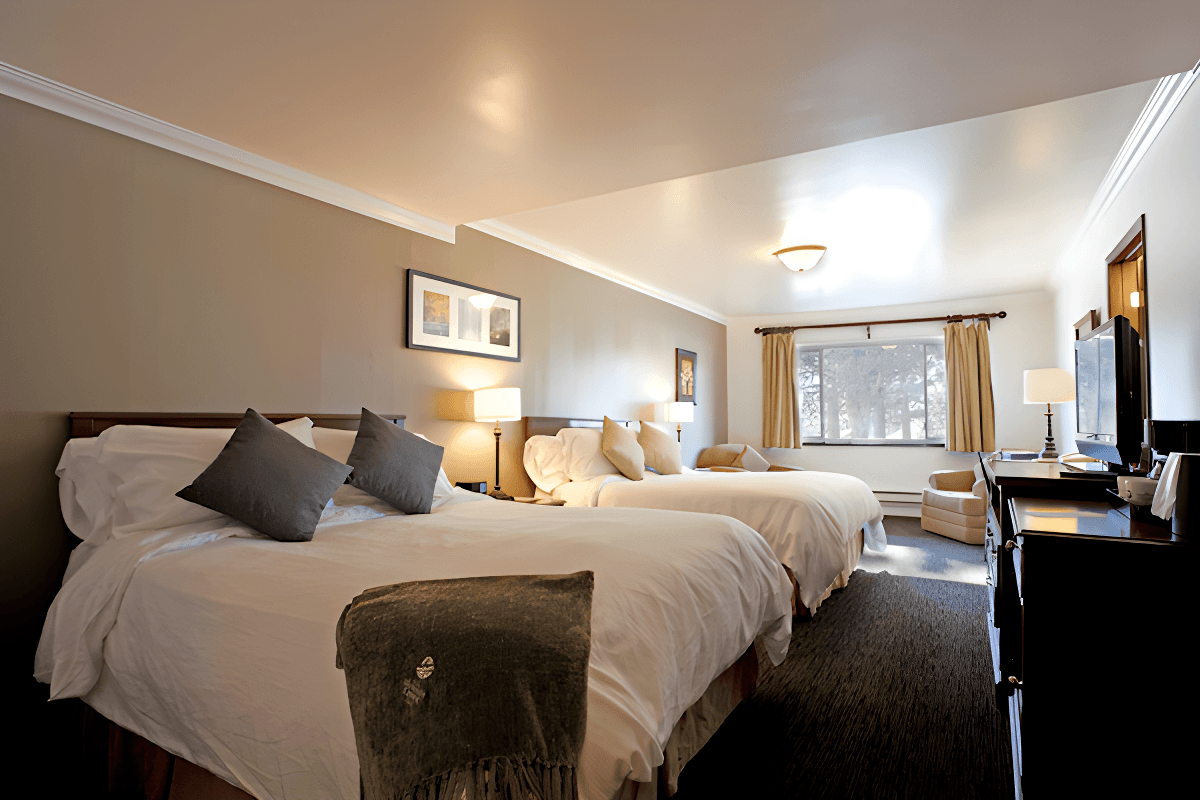

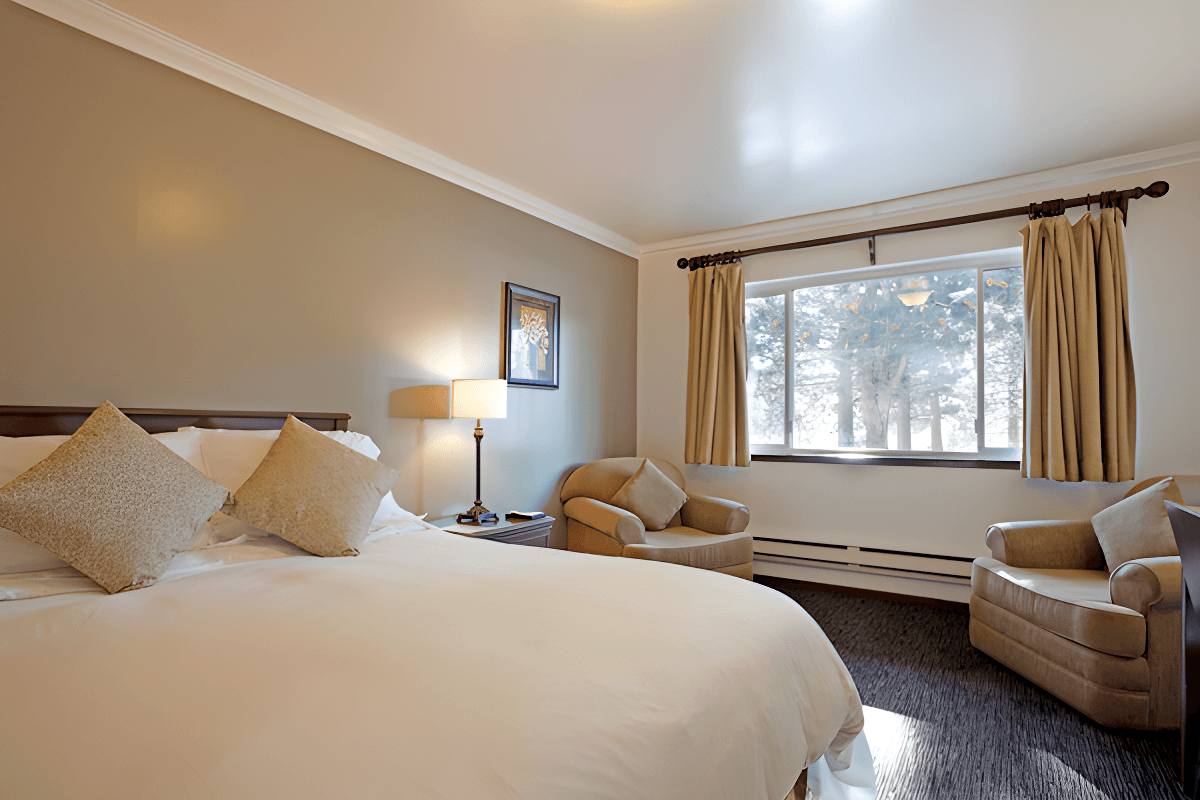

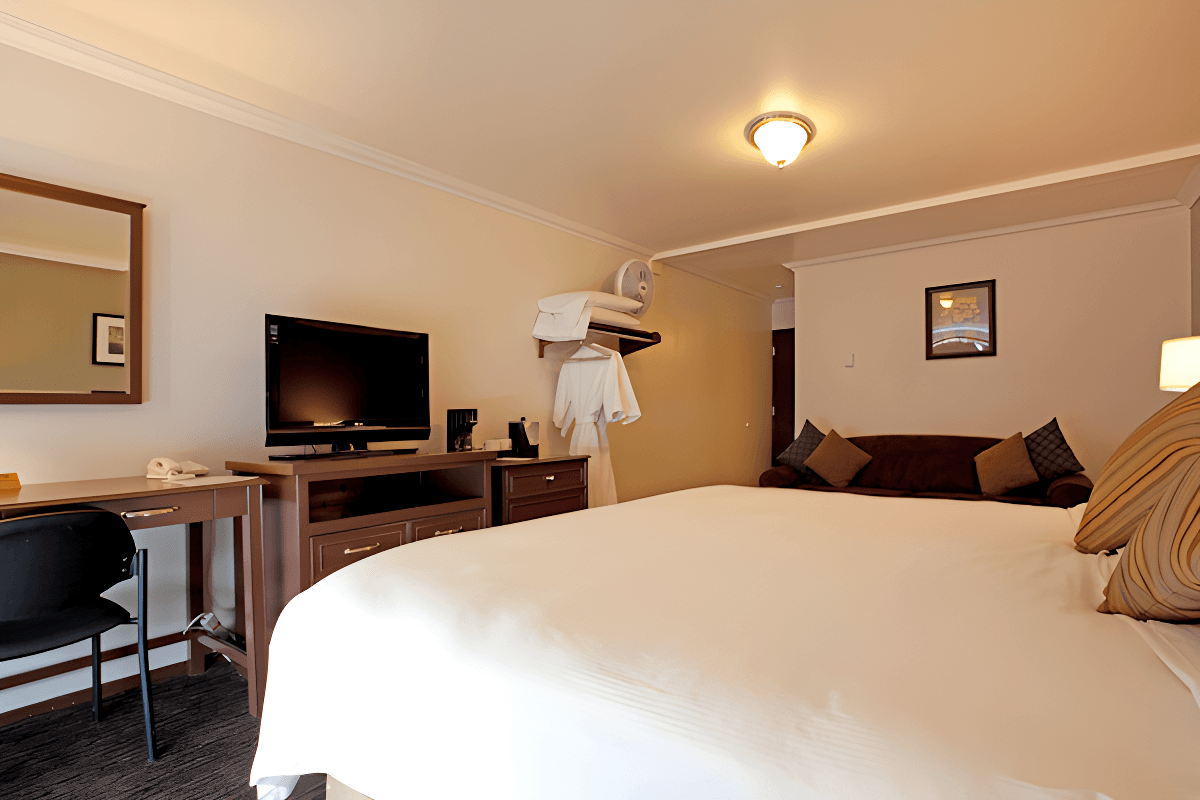

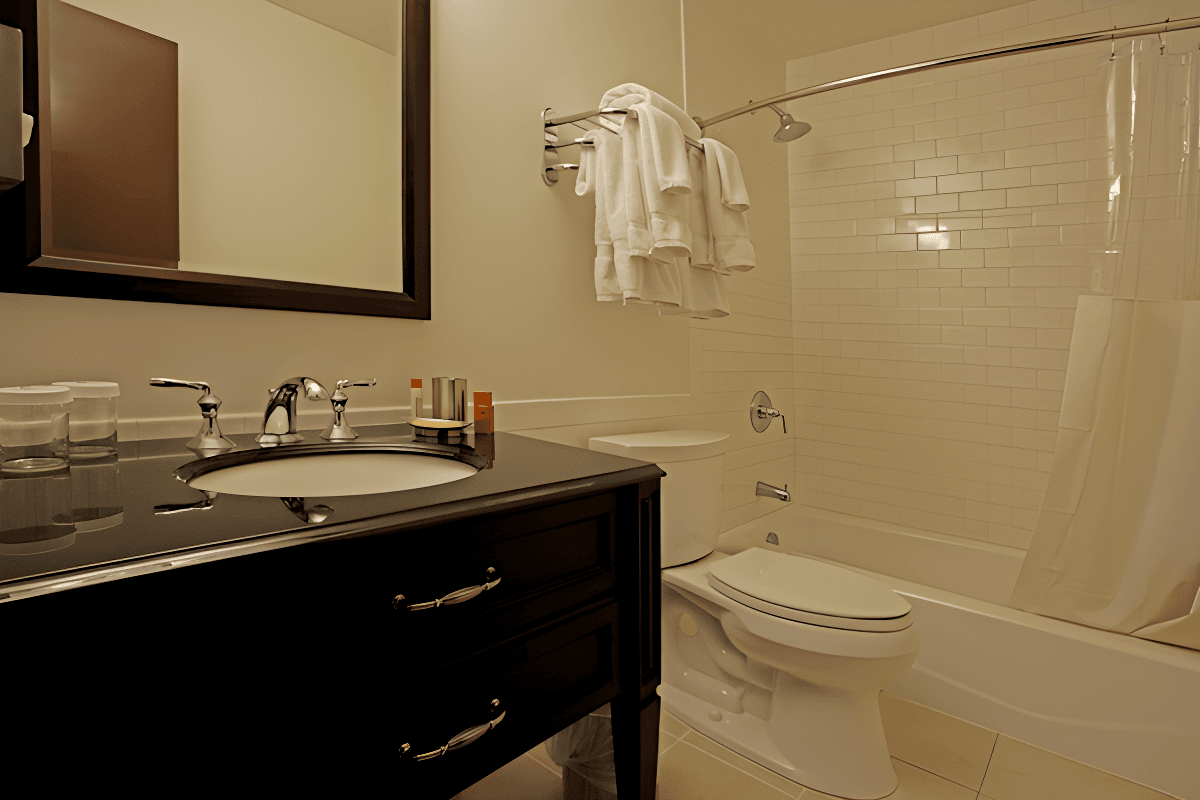

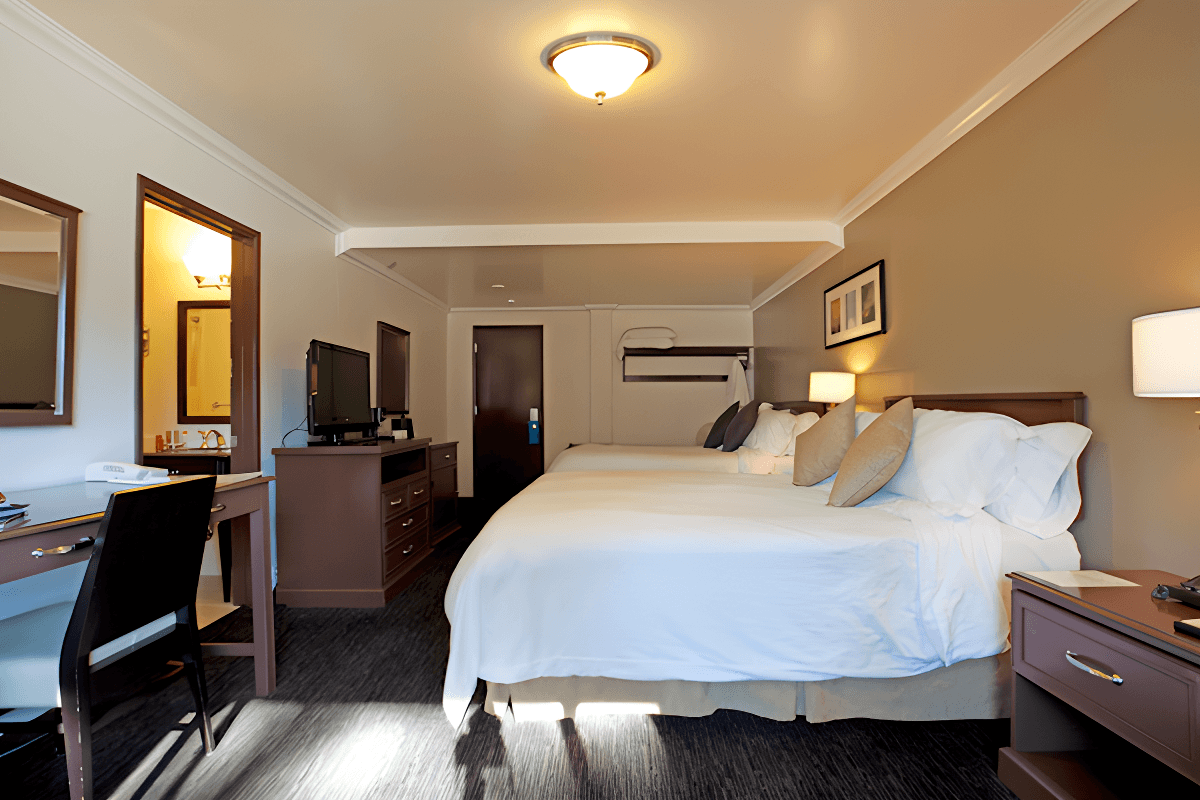

Junior Suite
Average size: 30 sqm | 350 sqft | 1 StoryIndulge in spacious comfort at Mammoth Creek Inn's Junior Suites, featuring two queen beds or a king bed with a queen sofa bed. With room for up to four guests, enjoy a stylishly appointed bathroom and ample space for a delightful stay in Mammoth Lakes
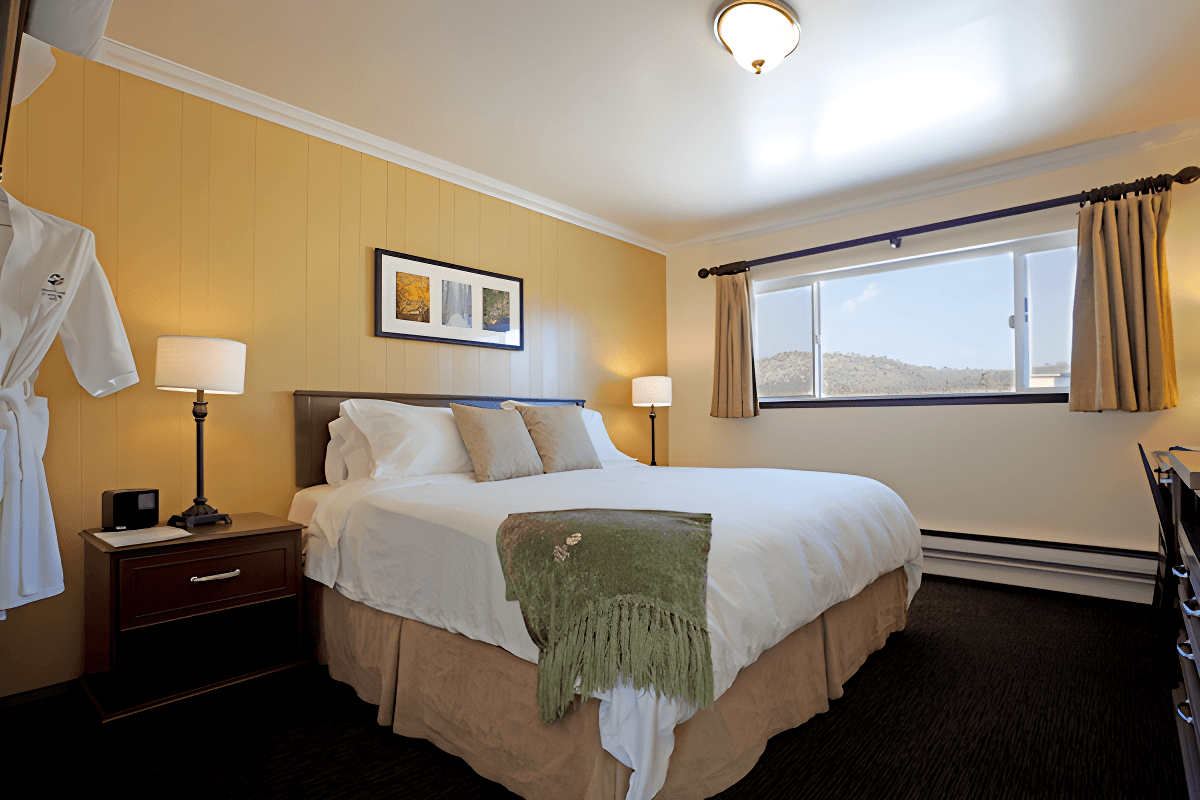

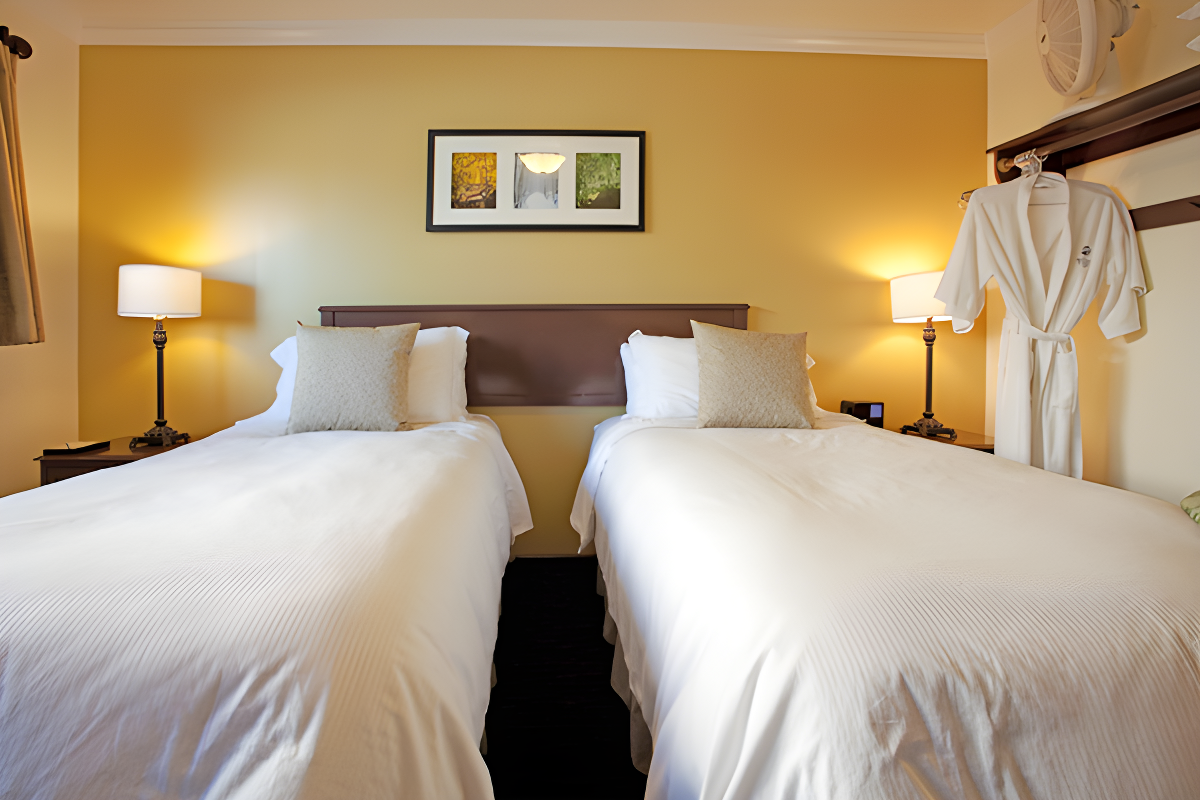

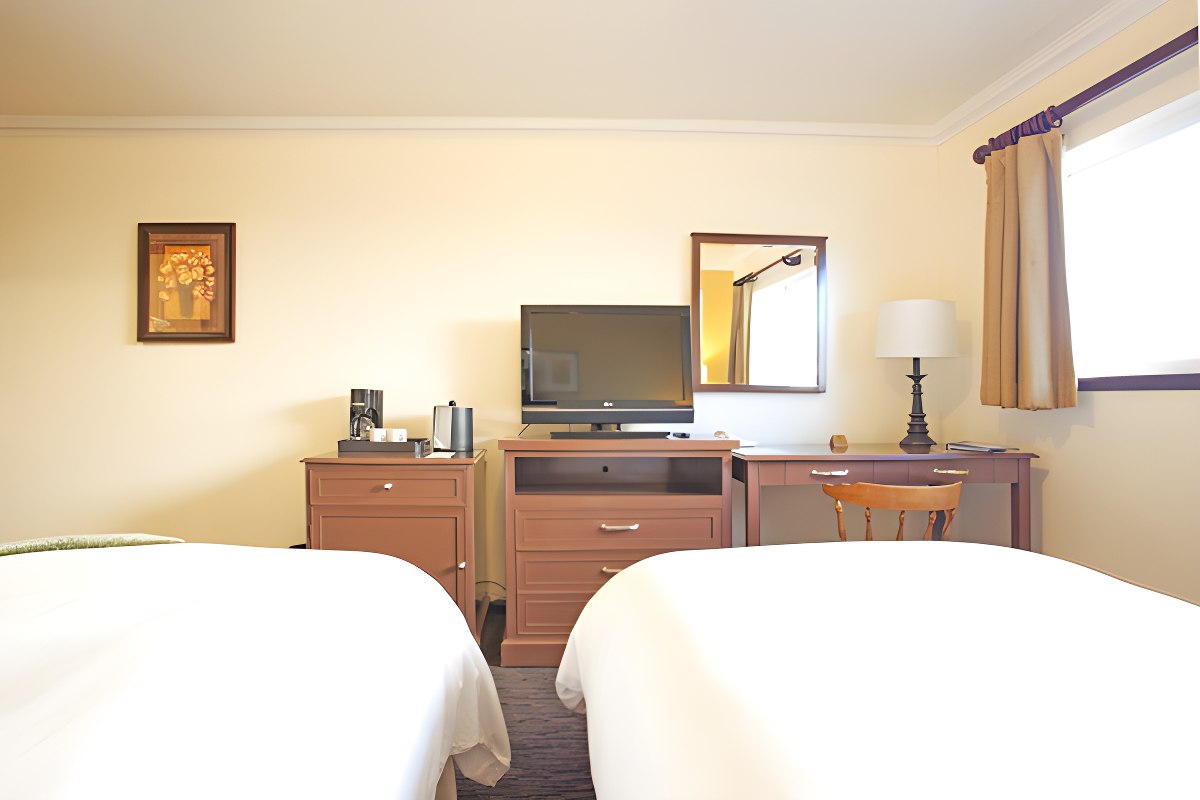

Standard Room
Average size: 50 sqm | 540 sqft | 1 StoryUnwind in our inviting Standard Rooms at Mammoth Creek Inn, featuring king, queen, or twin beds for up to two guests. Embrace comfort and relaxation amidst the warmth of our lobby fireplace or nearby intimate wood-burning stove.
